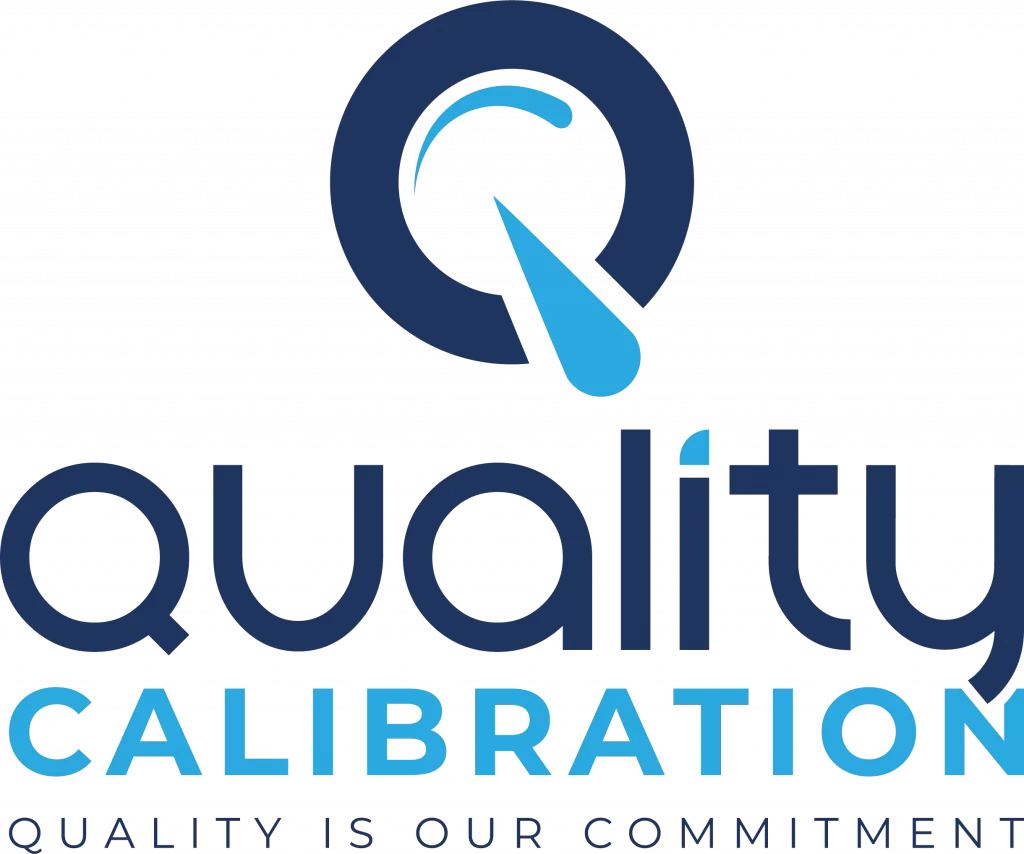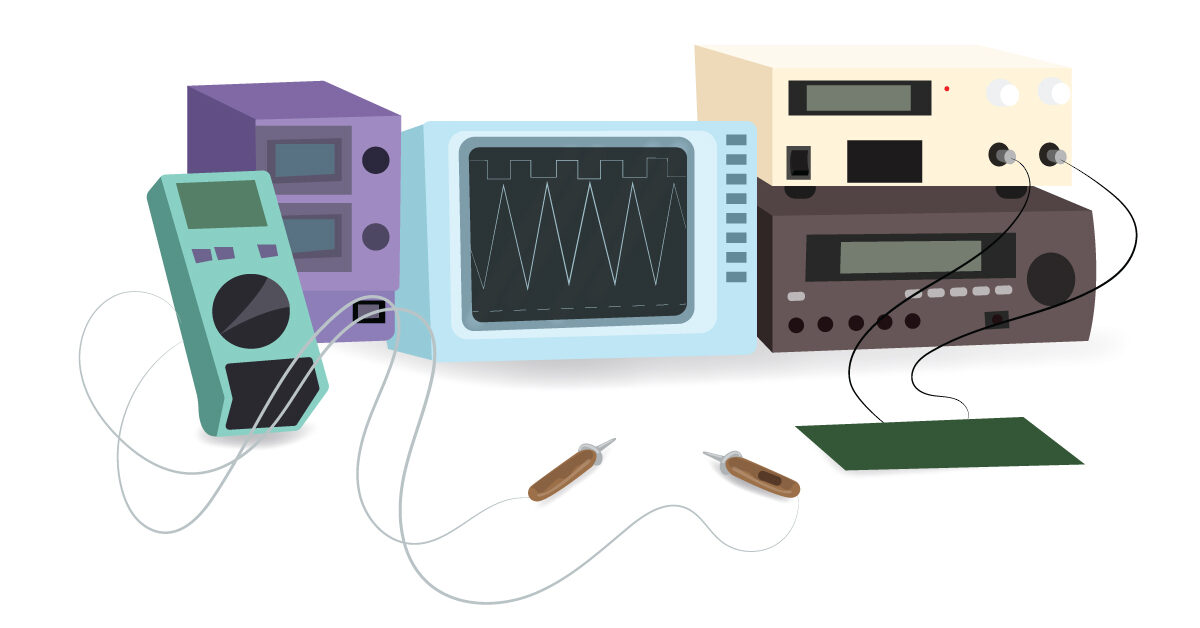Calibration is a crucial aspect of maintaining the accuracy and reliability of measurement instruments, and oscilloscopes are no exception. These sophisticated instruments play a vital role in various fields, including electronics, telecommunications, and engineering. To ensure the precise functioning of an oscilloscope, it is essential to calibrate it periodically. In this comprehensive guide, we will delve into the details of an oscilloscope calibration certificate, highlighting its importance, the information it contains, and the calibration process involved.
Basic Information
Title and Identification
The title of the document, “Oscilloscope Calibration Certificate,” clearly signifies its purpose and content. It serves as a testament to the thorough calibration performed on the oscilloscope. The certificate also includes identification details of the oscilloscope under calibration, such as the model number, serial number, and any other relevant information necessary for accurate identification.
Calibration Laboratory Information
An oscilloscope calibration certificate holds significant value when it is issued by a reputable and accredited calibration laboratory. The certificate should provide the name and contact details of the calibration laboratory responsible for performing the calibration. It is important to note that the calibration laboratory should hold relevant accreditations and certifications, ensuring its competence and adherence to international standards.
Calibration Standard Information
During the calibration process, specific calibration standards are used to verify the performance of the oscilloscope. The calibration certificate should outline the details of these calibration standards, including their specifications and traceability to national metrology institutes such as NIST, NIM, NPL, or PTB. This traceability ensures that the calibration standards used are themselves accurate and reliable.
Calibration Procedure
A thorough and well-documented calibration procedure lies at the heart of an oscilloscope calibration certificate. This section provides an overview of the methodology followed during the calibration, the parameters measured, and the presentation of the calibration results.
Calibration Methodology
The calibration methodology employed during the calibration process determines the accuracy and reliability of the calibration results. The certificate should briefly explain the calibration methodology used, highlighting any unique steps or considerations taken to ensure precise calibration. This information provides insights into the calibration process and assures the user of the thoroughness of the calibration procedure.
Measurement Parameters
Calibration involves the measurement of various parameters to assess the oscilloscope’s performance. These parameters may include voltage, time, frequency, rise time, and many others, depending on the specific capabilities of the oscilloscope. The calibration certificate should provide a list of the measured parameters and describe the measurement techniques and equipment used to ensure accurate results. This information allows users to understand the extent of the calibration performed on their oscilloscope and the parameters for which it has been validated.
Calibration Results
The calibration results are the essence of the oscilloscope calibration certificate, providing quantifiable evidence of the oscilloscope’s performance. The certificate should present the calibration results for each measured parameter, including numerical values, uncertainties, and tolerances, where applicable. Graphical representations, such as plots or waveforms, can also be included to visualize the performance characteristics of the oscilloscope. These results demonstrate the accuracy of the calibration process and allow users to assess the reliability of their oscilloscope. Click Calibration Certificate Requirements to learn more about the prerequisites.
Test Equipment Information
An oscilloscope calibration involves the use of specific test equipment to validate the oscilloscope’s performance. This section of the calibration certificate provides information about the calibration equipment used and any external or reference equipment employed during the calibration.
Calibration Equipment Details
The calibration certificate should outline the details of the calibration equipment used to perform the calibration. This includes specifications such as the calibration equipment’s accuracy, traceability, and other relevant characteristics. Providing this information assures the user that the calibration was performed using accurate and reliable equipment, enhancing the credibility of the certificate.
Equipment Used for Verification
In some cases, additional external or reference equipment may be used to verify the calibration of the oscilloscope. This section of the certificate mentions any such equipment utilized during the calibration process. The use of verification equipment adds an extra layer of assurance regarding the accuracy of the calibration performed on the oscilloscope.
Environmental Conditions
The environmental conditions in which calibration takes place can have a significant impact on the calibration results. This section of the calibration certificate provides information about the ambient conditions during the calibration process, ensuring that the oscilloscope was calibrated under appropriate environmental circumstances.
Ambient Conditions during Calibration
Temperature, humidity, and other environmental factors can affect the performance of an oscilloscope. The calibration certificate should mention the ambient conditions, such as the temperature range and humidity levels, during the calibration process. Adhering to specified environmental conditions ensures that the oscilloscope is calibrated accurately and that the calibration results are valid for the intended operating conditions. Read Calibration Certificate if you want to know more.
Calibration Interval and Due Date
An oscilloscope calibration certificate should provide information about the recommended calibration interval and the next calibration due date. This section guides users in scheduling future calibrations, ensuring that the oscilloscope remains accurate and reliable over time.
Recommended Calibration Interval
Based on industry standards or the manufacturer’s recommendations, the calibration certificate should specify the recommended calibration interval for the oscilloscope. The interval may vary depending on factors such as usage frequency, environmental conditions, and the criticality of the measurements performed. Following the recommended calibration interval is essential to maintain the accuracy and reliability of the oscilloscope.
Next Calibration Due Date
To facilitate proper maintenance and planning, the calibration certificate should clearly indicate the next calibration due date. This date is calculated based on the recommended calibration interval and the date of the current calibration. By knowing the next calibration due date, users can proactively schedule future calibrations, ensuring that their oscilloscope remains within the desired measurement accuracy.
Authorized Signatures and Approvals
The final section of an oscilloscope calibration certificate includes authorized signatures and approvals, confirming the authenticity and validity of the calibration results. These signatures provide assurance that the calibration was performed by qualified personnel and that the results have been reviewed and approved.
Responsible Individuals
The calibration certificate should include the signatures of the calibrating technician and authorized personnel responsible for conducting and approving the calibration. Their names and positions should also be mentioned, adding credibility to the certificate and instilling confidence in the calibration results.
Date of Calibration and Issuance
The certificate should clearly state the date when the calibration was performed, ensuring that the calibration results are current and relevant. Additionally, the date of issuance of the calibration certificate should be indicated to establish the document’s validity and timeliness.
Additional Information
The oscilloscope calibration certificate may include additional information that provides further context and insights into the calibration process or the oscilloscope itself.
Unique Instrument Identifiers
Instruments, including oscilloscopes, are often assigned unique identifiers such as serial numbers or asset tags. The certificate can include these unique identifiers to ensure accurate identification and traceability of the calibrated oscilloscope. This information helps users keep track of their instruments and simplifies record-keeping processes.
Traceability Documentation
Traceability is a critical aspect of calibration, ensuring that the calibration standards and equipment used are themselves traceable to national metrology institutes. The certificate may reference any accompanying traceability documentation, providing further evidence of the calibration’s accuracy and reliability. This documentation serves as a link between the calibration process and internationally recognized standards.
Notes and Observations
The oscilloscope calibration certificate may include a section for any additional notes or observations deemed relevant by the calibrating technician or authorized personnel. These notes can provide insights into specific calibration conditions or any notable observations made during the process. Including this information ensures that all pertinent details are captured and documented, contributing to the comprehensive nature of the certificate. Do you want to know more about laboratory instruments and their Certifications? Read Calibration certificates for laboratory equipment.
Bottom Line
An oscilloscope calibration certificate is an indispensable document that serves as tangible proof of the accurate calibration performed on an oscilloscope. By encompassing all the essential aspects mentioned above, a well-crafted certificate ensures measurement accuracy, traceability, and compliance with industry standards. It is imperative to engage the services of accredited calibration laboratories to obtain reliable calibration certificates that can be trusted for quality assurance.
At Quality Calibration Solutions, the leading calibration Lab in Bangladesh, we specialize in providing precise and reliable calibration services for a wide range of instruments, including oscilloscopes. Our experienced technicians, state-of-the-art equipment, and commitment to quality ensure accurate calibration results and the issuance of comprehensive oscilloscope calibration certificates. We recommend Quality Calibration Solutions for all your calibration needs, as our expertise and attention to detail make us the trusted choice in the field of calibration.
Frequently Asked Questions (FAQs)
What is an oscilloscope calibration certificate?
An oscilloscope calibration certificate is a document that provides proof of the calibration process performed on an oscilloscope, including measurement parameters, calibration results, and other relevant information.
Why is an oscilloscope calibration certificate important?
An oscilloscope calibration certificate is important as it ensures the accuracy and reliability of the oscilloscope’s measurements, establishes traceability to international standards, and serves as documentation for quality assurance and compliance purposes.
How often should an oscilloscope be calibrated?
The calibration interval for an oscilloscope can vary based on usage frequency, environmental conditions, and manufacturer recommendations. It is generally recommended to calibrate oscilloscopes annually or as per the manufacturer’s guidelines.
Can I perform oscilloscope calibration myself?
While basic functionality checks can be performed by users, a comprehensive and accurate oscilloscope calibration requires specialized knowledge, calibration standards, and equipment. It is best to engage the services of an accredited calibration laboratory for professional calibration.
What should I look for in an oscilloscope calibration certificate?
When reviewing an oscilloscope calibration certificate, ensure it includes information such as identification details, calibration laboratory information, calibration methodology, measurement parameters, calibration results, test equipment information, environmental conditions, calibration interval, and authorized signatures.
How do you calibrate an oscilloscope?
Calibrating an oscilloscope involves a systematic process to ensure its accuracy and reliability. First, a stable and known reference signal, such as a calibration standard waveform, is generated using a signal generator. This signal is then connected to the oscilloscope’s input. The oscilloscope’s settings, such as voltage and time scales, are adjusted to match the known values of the reference signal. Any discrepancies are identified and corrected by adjusting the oscilloscope’s internal calibration controls. This process is repeated for various signal frequencies and amplitudes to verify the oscilloscope’s response across its specified range. Finally, a calibration certificate is issued, documenting the calibration results for traceability and compliance purposes.

Md. Hasan Ibrahim is a Technical Manager at Quality Calibration with extensive experience in the calibration sector since 2015. Holding a Bachelor of Science degree in Mechanical Engineering from Khulna University of Engineering & Technology (KUET), he has received training from various national and international organizations including CSIR-CMERI, QSI, BAB, NML-BSTI, memmert, and X-rite. With expertise in ISO/IEC 17025 assessment, method validation, metrological traceability, and uncertainty, he has successfully completed numerous calibration projects across diverse industries such as pharmaceuticals, food & beverage, oil & gas, textiles & garments, power plants, batteries, chemicals, hospitals & healthcare, and private universities.





